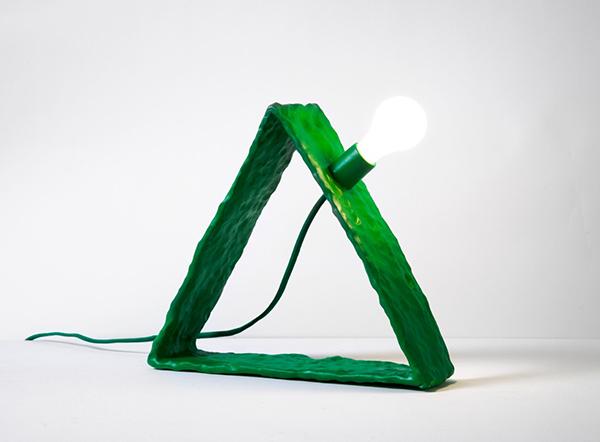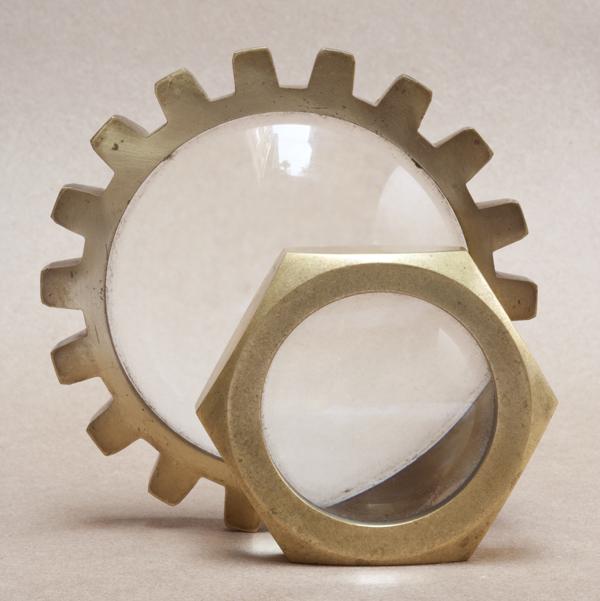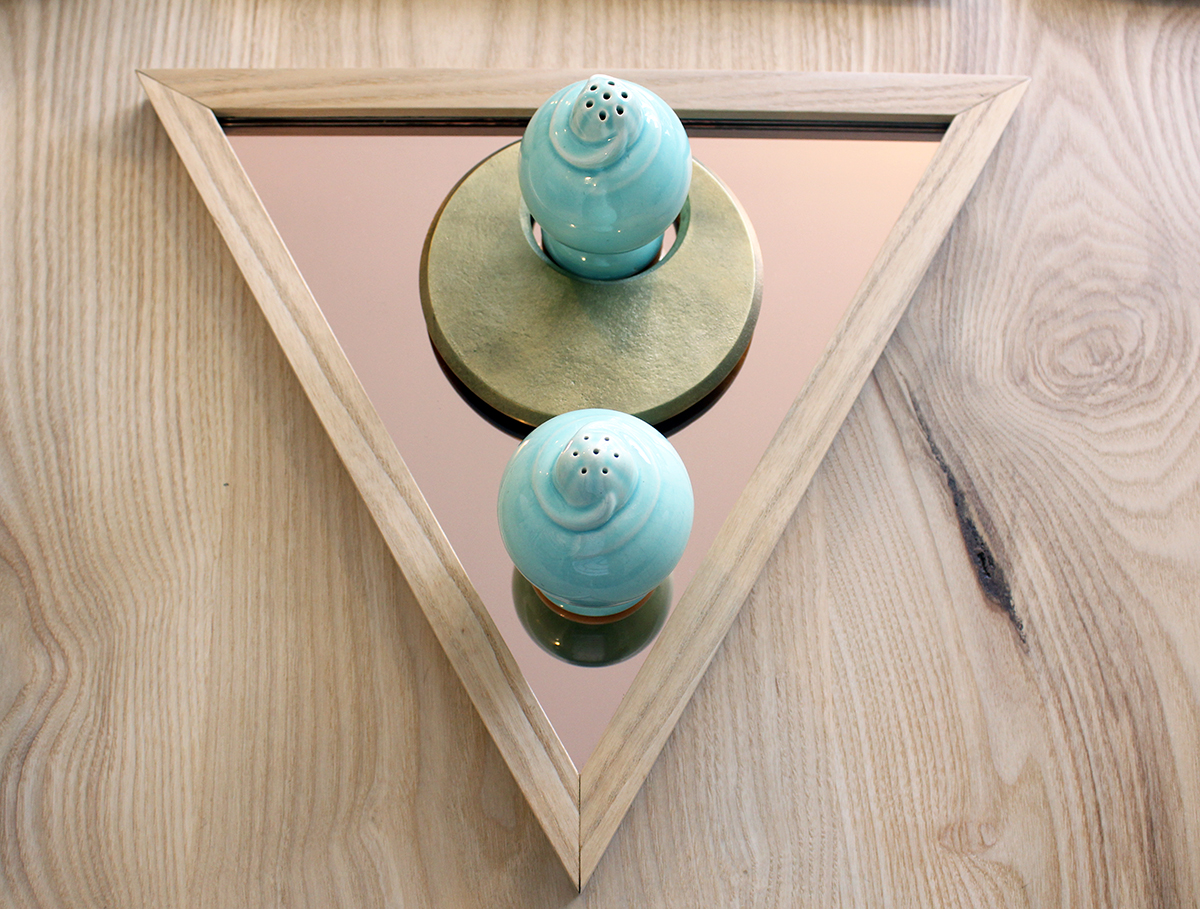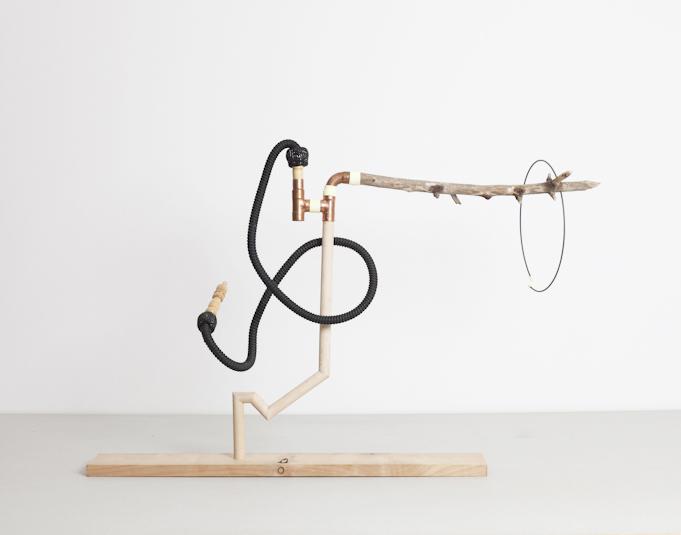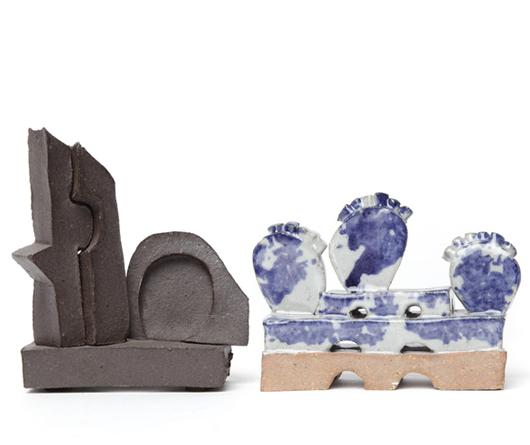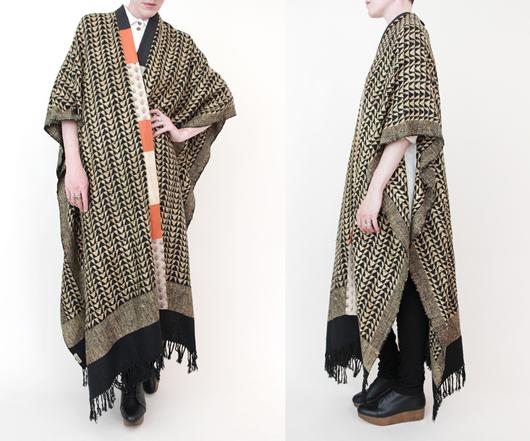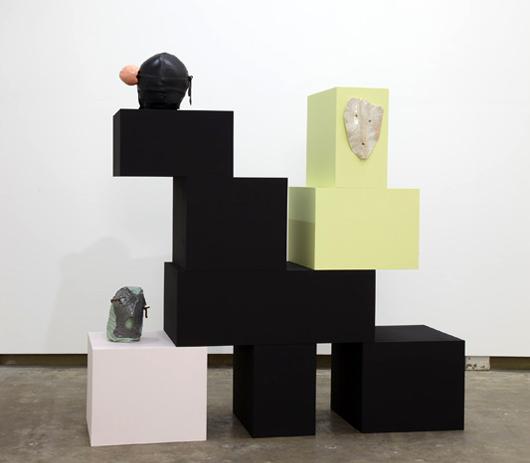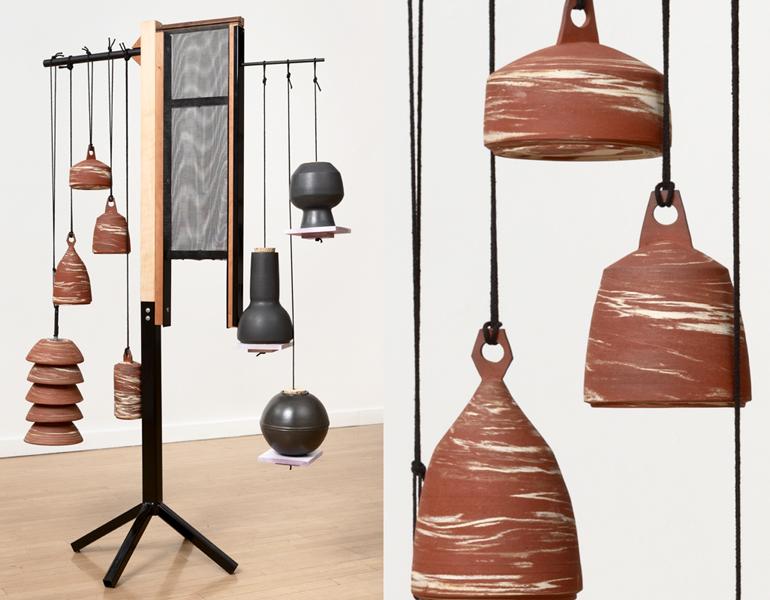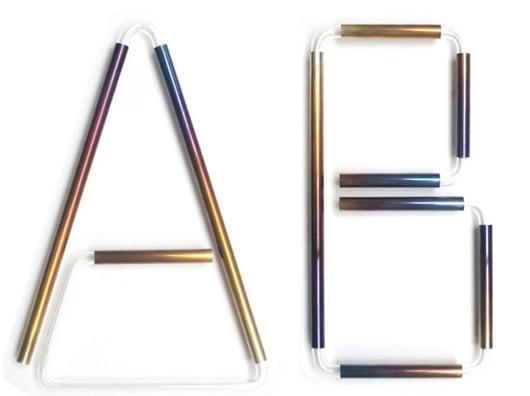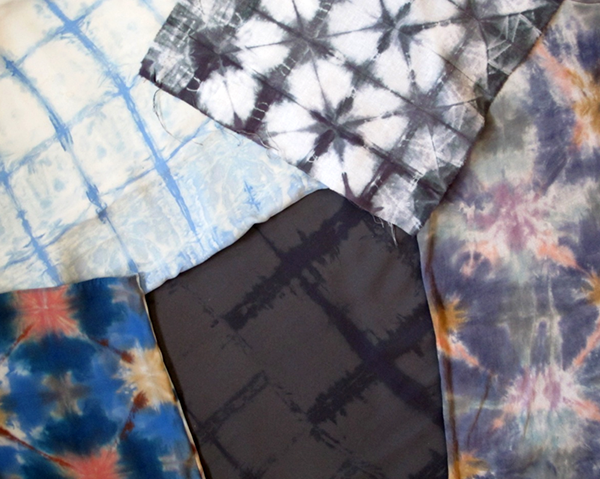
10.08.13
Sighted
Q+A With Shabd on Martha Stewart Living
When we interviewed Brooklyn artist and fashion designer Shabd for our Paper View book a year and a half ago, it was all about the fine art practice she sidelined in order to start her tie-dyed clothing and accessories business. But with this post, everything comes full circle — now that Shabd has a book out of her own, filled with tutorials on her dyeing techniques, we're finally taking the chance to hear more about what she actually does on a daily basis, by way of an interview recently posted on the Martha Stewart Living blog.

